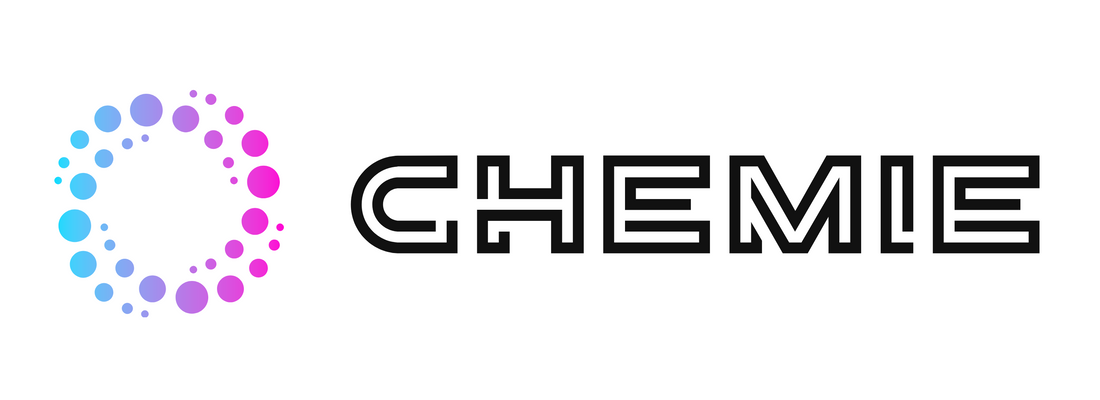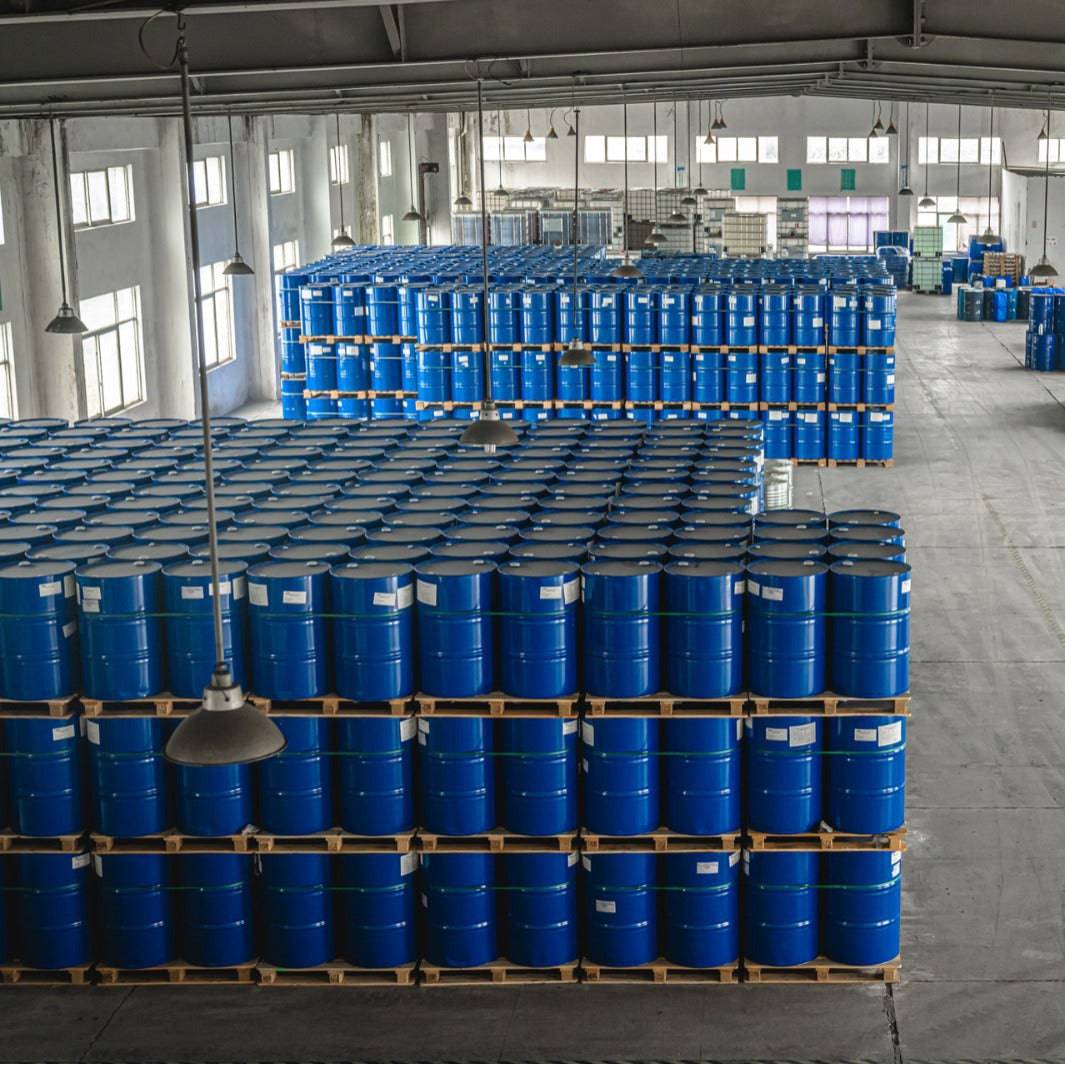What Does Chemie Do?
An Unbiased View of Chemie
Table of ContentsA Biased View of ChemieThe 2-Minute Rule for ChemieChemie Can Be Fun For AnyoneSee This Report on ChemieThe Best Guide To ChemieChemie Can Be Fun For Anyone
(https://www.behance.net/betteanderson)Measured modification in electrical conductivity of liquid examples as a feature of time when mixed with the resin sample in the closed indirect air conditioning loop experiment. Number 6 reveals the change in the gauged electric conductivity of the fluid examples when mixed with the material example. The conductivity of the water sample from the shut loop experiment reduced by approximately 70% from 11.77 S/cm to 3.32 S/cm in 6 hours.These outcomes suggested that the capacity of the resin relies on the examination liquid made use of for the experiment. This reveals that different ions existing in the fluid will certainly cause different ion exchange ability of the liquid. Consequently, calculating the ion exchange material ability with the liquid sample from the actual cooling loophole is necessary.
Chemie Fundamentals Explained
An ion exchange resin cartridge including 20g of Dowex mixed bed material might take on order 938 days to fill - silicone synthetic oil. Simply put, to keep a low electric conductivity, a resin cartridge with the measurement and weight specification as that of the material cartridge utilized in the experiment, need to be altered every 30 months for the cooling system that was utilized in the experiment
The cooling of digital parts has come to be a major difficulty in recent times due to the advancements in the layout of faster and smaller parts. The use of a fluid coolant has ended up being appealing due to the greater heat transfer coefficient accomplished as contrasted to air-cooling.
The Best Guide To Chemie
A single stage cooling loophole consists of a pump, a heat exchanger (chilly plate/mini- or micro-channels), and a heat sink (radiator with a fan or a liquid-to-liquid heat exchanger with chilled water air conditioning). The warmth source in the electronic devices system is connected to the warm exchanger. Liquid coolants are also used in two-phase systems, such as warm pipelines, thermo-siphons, sub-cooled boiling, spray cooling, and straight immersion systems [2, 4]
The requirements might vary depending upon the type of application. Adhering to is a list of some basic demands: Great thermo-physical residential or commercial properties (high thermal conductivity and particular warmth; low viscosity; high unexposed heat of dissipation for two-phase application) Low freezing point and burst point (in some cases ruptured security at -40 C or lower is required for delivery and/or storage space functions) High atmospheric boiling factor (or reduced vapor stress at the operating temperature) for solitary phase system; a narrow desired boiling point for a two-phase system Good chemical and thermal stability for the life of the electronic fluorinert devices system High flash factor and auto-ignition temperature (often non-combustibility is a demand) Non-corrosive to materials of construction (metals as well as polymers and other non-metals) No or minimal governing restrictions (eco-friendly, harmless, and potentially eco-friendly) Cost-effective The ideal electronic devices coolant is a cost-effective and safe fluid with excellent thermo-physical properties and a long solution life.
Excitement About Chemie
A lot of these liquids have a non-discernible smell and are safe in case of contact with skin or ingestion. As mentioned previously, aliphatic PAO-based fluids have replaced the silicate-ester liquids in a range of military electronics (and avionics) cooling applications in the last decade. Another class of preferred coolant chemistry is dimethyl- and methyl phenyl-poly (siloxane) or generally recognized as silicone oil.
Of all, these fluids are non-combustible and non-toxic. Some fluorinated substances have no ozone diminishing possible and other environmental properties.
Ethylene glycol is colorless and practically odor-free and is totally miscible with water. When appropriately prevented, it has a relatively low corrosivity. This coolant is classified as poisonous and need to be managed and disposed of with treatment. The high quality of water made use of for the prep work of a glycol remedy is very vital for the system.
Unknown Facts About Chemie

This is a reduced price antifreeze option, locating use in refrigeration services and ground source warmth pumps - silicone fluid. This liquid can be made use of down to -40 C owing to its reasonably high price of heat transfer in this temperature array.
It is taken into consideration more harmful than ethylene glycol and as a result has found use just for procedure applications located outdoors. Also, methanol is a flammable liquid and, thus, presents a possible fire danger where it is kept, managed, or used. This is a liquid service of denatured grain alcohol. Its primary benefit is that it is non-toxic.
More About Chemie
As a combustible liquid, it needs specific precautions for handling and storage. Liquid options of calcium chloride discover vast use as flowing coolants in food plants. It is non-flammable, non-toxic and thermally extra efficient than the glycol remedies. A 29% (by wt.) calcium chloride solution has a cold point listed below -40 C.
